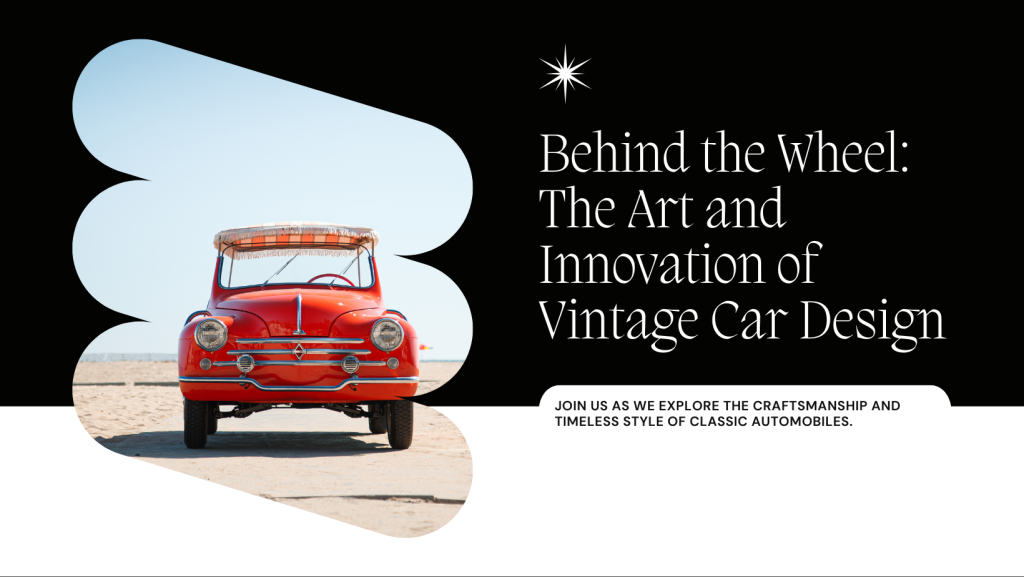Behind the wheel of a vintage car lies a world of artistry and innovation that transcends mere transportation. These iconic vehicles represent more than just a means of getting from point A to point B; they are embodiments of creativity and ingenuity that have shaped the automotive industry for decades.
At the heart of vintage car design is a meticulous attention to detail that is often overlooked in today’s mass-produced vehicles. Every curve, every line, and every component is carefully crafted to not only enhance the car’s aesthetic appeal but also to optimize performance and functionality. From the hand-polished chrome accents to the sumptuous leather interiors, every aspect of a vintage car is a testament to the skill and dedication of its creators.
But vintage car design is about more than just aesthetics; it is also about innovation. Many of the features that we take for granted in modern cars, such as power steering, disc brakes, and fuel injection, were first introduced in vintage vehicles. These innovations revolutionized the automotive industry, setting new standards for performance, safety, and comfort.
One of the most fascinating aspects of vintage car design is its ability to evoke a sense of nostalgia and romance. Whether it’s the sleek curves of a 1950s Chevrolet Bel Air or the iconic fins of a 1960s Cadillac Eldorado, each vintage car tells a story of a bygone era. Behind the wheel of a vintage car, drivers are transported back in time to a simpler, more elegant age, where driving was an experience to be savored rather than rushed through.
In a world that is increasingly dominated by cookie-cutter cars that all look and feel the same, vintage car design stands as a reminder of the beauty and diversity that once characterized the automotive landscape. Behind every vintage car lies a story of passion, creativity, and innovation that continues to inspire car enthusiasts around the world.

